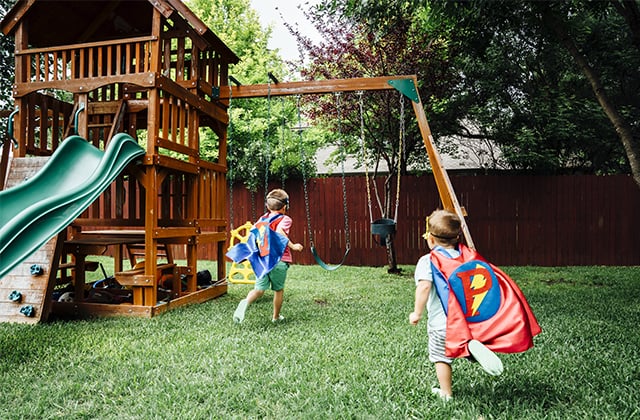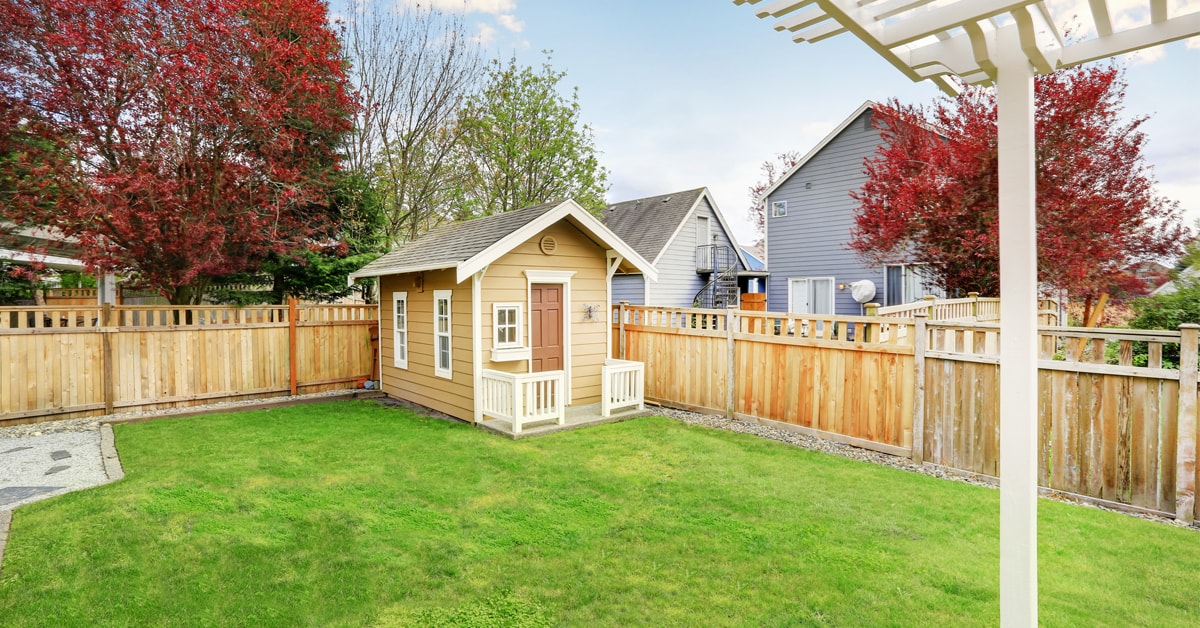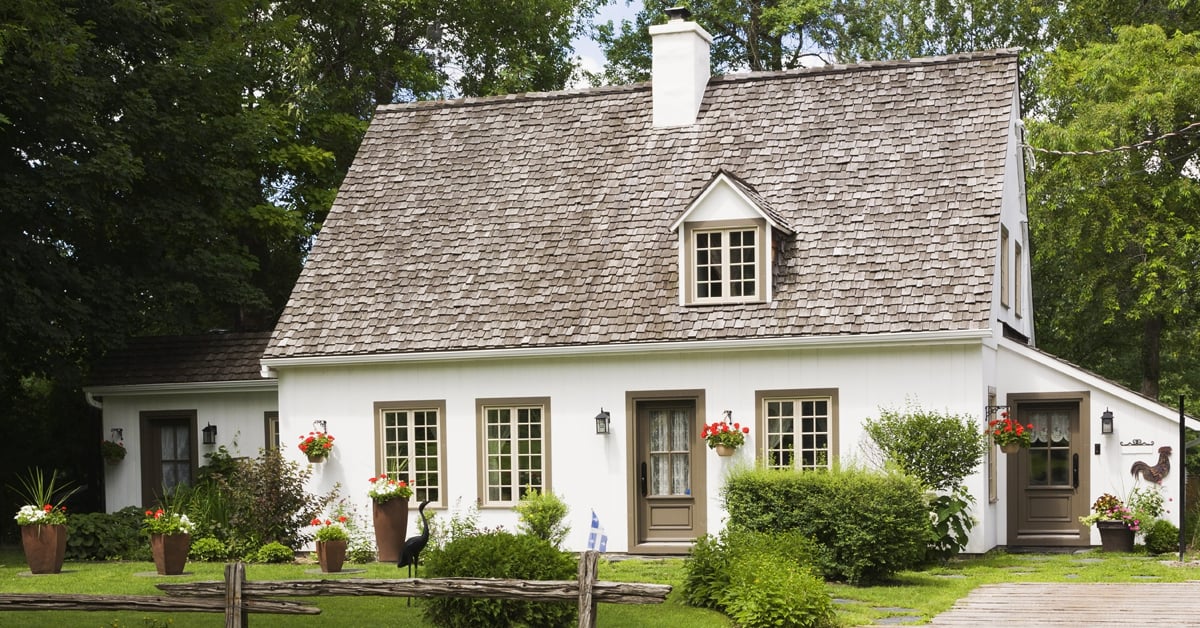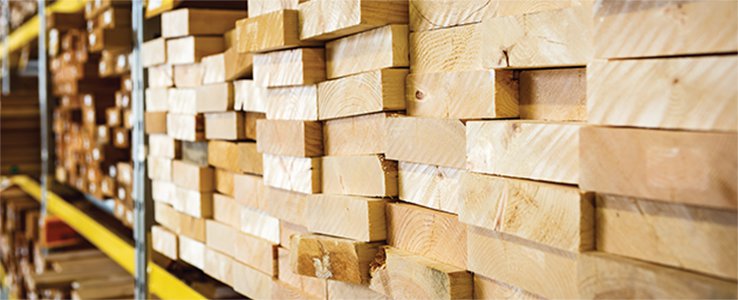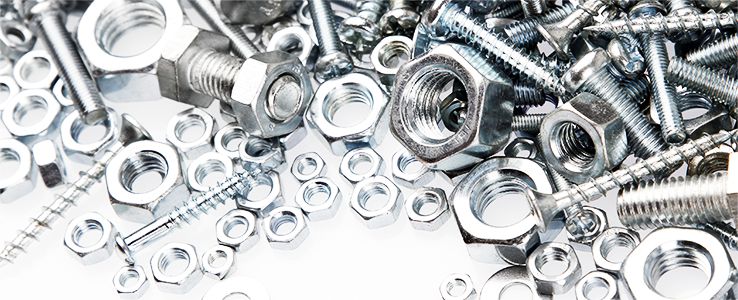Determining the Type of Structure
Before you start anything, think of what your children would like to do in a play structure. Would they like a simple model with a slide and swing, or a themed multi-leveled structure that will suit their playing needs for many years?
On-the-ground
On-the-ground play structures can be fun, simple, and frugal alternatives to the large, multi-level structure. On-the-ground play structures could be an outdoor fort with a single room, a door, window, and perhaps a flag. A small, little house could have a garden associated with it. Add a simple swing set that can be set adjacent to the play structure for hours for fun!
Elevated
Play structures with more than one level can add quite a lot of adventure for the kids who use it. An elevated structure could be an elaborate castle that houses fairy tales, a replica of the family’s home or a tree house. Time to be creative.
Themes
Together, parents and kids can design the theme of the playground to suit their style. Following are a few ideas to spark inspiration. Keep in mind that multiple structures could be built to create a “main street” scene.
A few ideas to inspire you:
- Firehouse
- Police station
- Train station
- Theater
- Grocery store
- Beauty salon
- Gas station
- Diner
- Doctor’s office
- Post office
- Bookstore
- Town hall
- Church
- School
Play structure kits
Consider purchasing a play structure kit for ease of design and construction effort.
- Play structure kits are available in a variety of designs, sizes, materials, and price ranges.
- Each kit comes with detailed instructions and a list of materials to streamline the construction process.
- Some of the kits can be customized.Parents can rest assured that each kit has been tested and has passed national regulatory safety requirements.
- Parents can rest assured that each kit has been tested and has passed national regulatory safety requirements.










